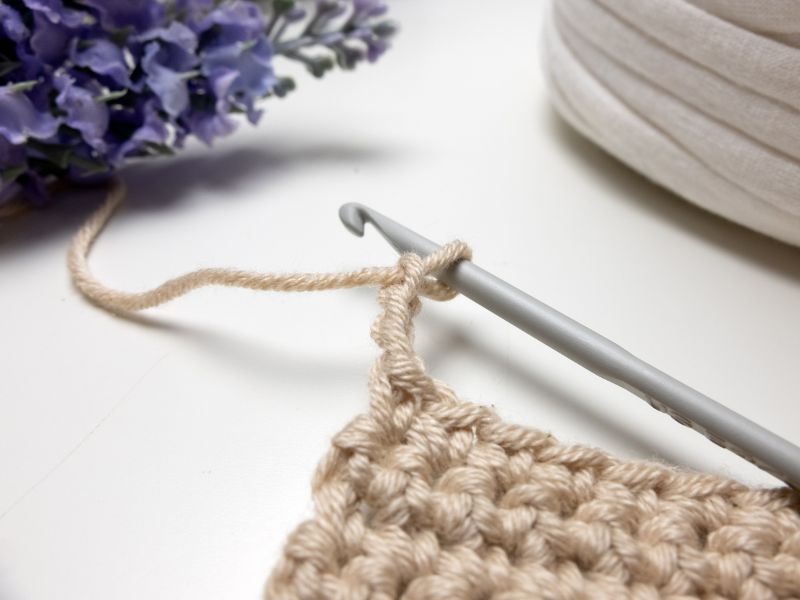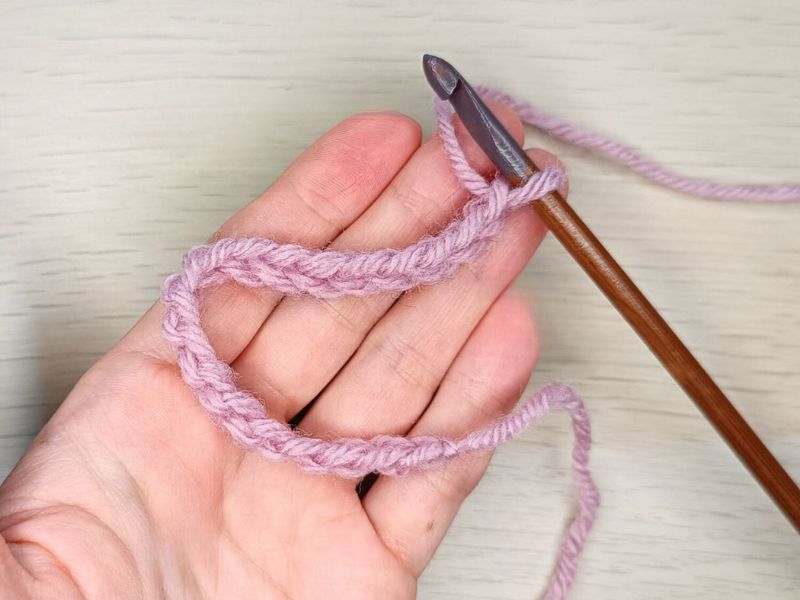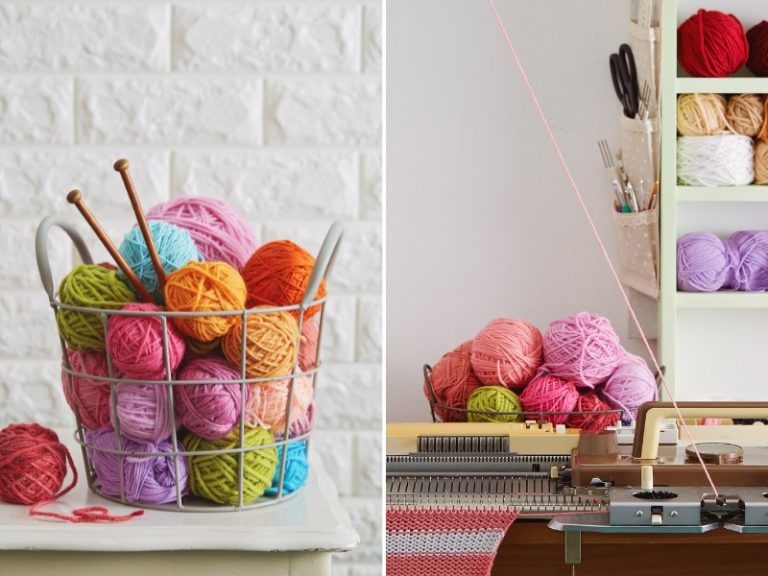How To Make A Chain Stitch – Easy Crochet Tutorial
Chain stitch is one of the most basic crochet techniques. It forms the foundation of almost any crochet creation. It’s also one of the first things beginners learn, as it is used in most crochet patterns and projects. If you want to learn to crochet, be sure to start with this stitch.
What is a chain stitch?
A chain stitch is a series of loops on the hook that resemble a braid. It’s the simplest stitch you can do and it’s most commonly used at the beginning of a new crochet project. Its simplicity makes it a critical first step in learning to crochet.
How is a chain stitch different from other types of stitches?
The aim of most crochet stitches, such as single crochets or double crochets, is to add texture. The chain, on the other hand, is used for spacing and foundational rows.
You crochet it to form the base for your crochet work – the foundational chain, or increase the height of a new row – the turning chain. Chain stitches can also be used to add buttonholes in garment projects or various embellishments.

Is a chain stitch difficult to master?
It’s fair to say that it is the simplest crochet stitch to learn for beginners. Making a chain employs the same hand movement over and over again. Therefore, it doesn’t take much effort to master it and it becomes second nature very quickly.
How do I create a chain stitch?
This comprehensive tutorial – How to Crochet a Chain & How to Count Stitches – offers step-by-step photo instructions on how to crochet chain stitches.
It’s an essential guide for anyone looking to learn crochet techniques properly from the start. If you prefer video tutorials to written ones, check out the video below!
What are some common mistakes made when creating a chain stitch?
The most common mistake new crocheters make when they work the chain stitch is too tight or too loose tension. Beginners lack practice, so the eyes of their chains may vary in size. To make your stitches the same size, pay attention to the tension applied as you work them.
What are some tips for creating a neat and even chain stitch?
Consistency is key. Work on tension and keep making your chains at a moderate speed. Additionally, with more practice, you will obtain more precise stitches. Using a crochet hook appropriate for the weight of the yarn will ensure uniform stitches.
How do I add variations to a basic chain stitch?
To modify a chain stitch, you can incorporate slip stitches and either single or double crochets into the chain’s foundation. This will create beautiful textures adding visual interest to your works.
Can I use a chain stitch in different colors?
Using multiple colors in a chain stitch can add depth and interest to your work. In crochet, you can make color changes at the beginning of rows or within the chain itself to create intricate patterns or to accentuate certain features of your design. This technique allows for a great deal of creativity and personalization in your projects, enabling you to experiment with various color combinations.
Is a chain stitch commonly used in traditional embroidery?
The chain stitch is widely used in embroidery projects. It’s prized for its ability to create fluid, decorative lines featuring a series of looped stitches. This makes it a staple embroidery stitch you can apply when decorating your crochet creations with intricate embroidery motifs.
You may also like: How To Tie A Slip Knot – Quick Guide For Beginners
Getting the hang of the chain stitch unlocks endless possibilities. It’s a foundational skill that will pave the way for your first crochet projects.
So don’t wait and start practicing chain stitches today – all you need is a comfortable hook, a scrap of yarn, and a bit of crochet enthusiasm!


